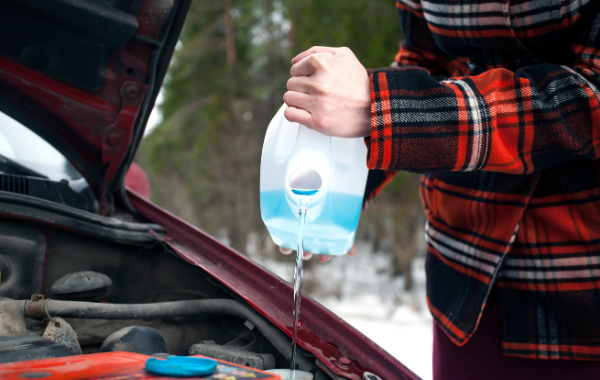Summer is gone, fall is here, and that means colder weather is coming. As cooler temperatures approach, it’s a good idea to think about ways you can help your car take care of you. After all, your car is likely your sole means of transportation for getting you from point A to B.
As an auto claims adjuster and car enthusiast, I have both professional and personal experience with the mechanics and operation of vehicles. I believe it’s very smart to make vehicle maintenance a habit as colder weather draws near, and I’ve included a few tips to get you started.
- Tire pressure. The air pressure in your tires decreases about 1 psi for every 10 degree drop in temperature. By keeping the tires properly inflated, you’ll not only maintain good fuel mileage but will prevent under-inflation, which can lead to tire failure and a potential accident.
- Belts and hoses. Colder temperatures can weaken the rubber from which these parts are made. By checking the integrity of the belts and hoses and replacing them prior to their failure, you’ll help keep yourself from being stranded on the side of the road waiting on the tow truck.
- Wipers and wiper fluid. Be sure to fill your windshield wiper fluid tank with anti-freezing wiper fluid. Anti-freezing fluid paired with new wiper blades will allow you to maintain better visibility at all times of the year, but especially when ice and road salt or debris can accumulate on your windshield and impair your visibility.
- Engine coolant. Check your coolant to ensure it is at the right level in order to prevent costly engine repairs. Coolant not only prevents overheating in the summer and freezing in the winter, but it also consists of anti-corrosive properties which prevent the accumulation of rust in the engine.
- Engine oil. Check to make sure it’s at the appropriate level, and that you have the right oil viscosity in the engine designed for colder temperatures. The colder the outside temperatures and the thicker the oil, the slower it flows. This can lead to premature damage due to increased friction when starting your engine.
- Battery. Extremely cold temperatures can kill a car battery about as easily as with extreme heat. The older a battery, the more susceptible it is to surrender to cold temperatures. Check the age of the battery. If it’s close to or over five years old, consider replacing it. This will likely save you a major inconvenience as batteries typically fail at the worst possible time.
- Emergency kit. Consider creating an emergency kit consisting of jumper cables, flashlight, road flare, basic tools, and a thermal blanket. These items can help rescue you in the event that trouble with your vehicle occurs.
Remember, take care of your vehicle and you can depend on it to take care of you. Hopefully, we all can enjoy true fall weather before winter temperatures and snow gets here. However, I hope I’ve encouraged you to get prepared to stay safe when it arrives.







